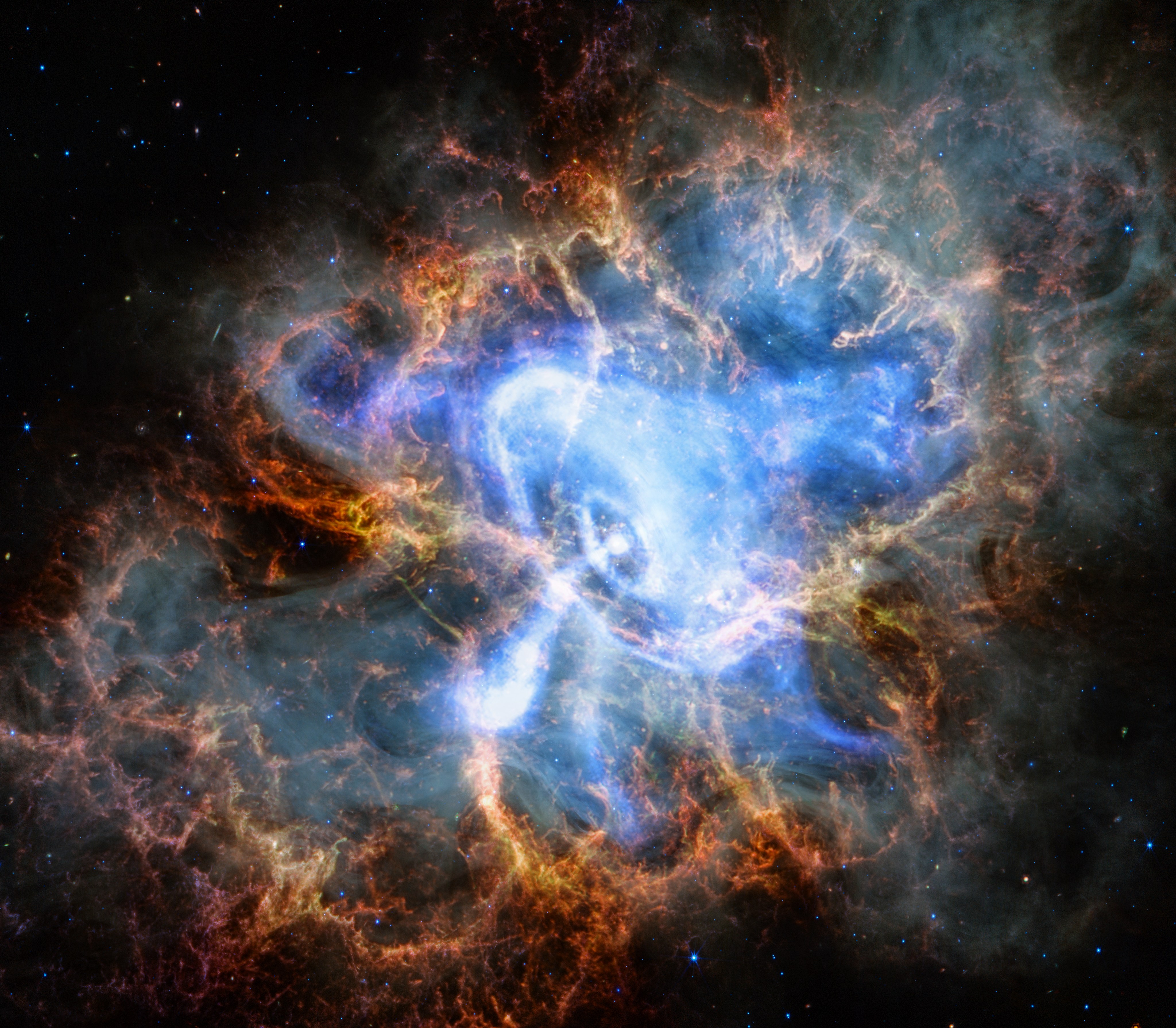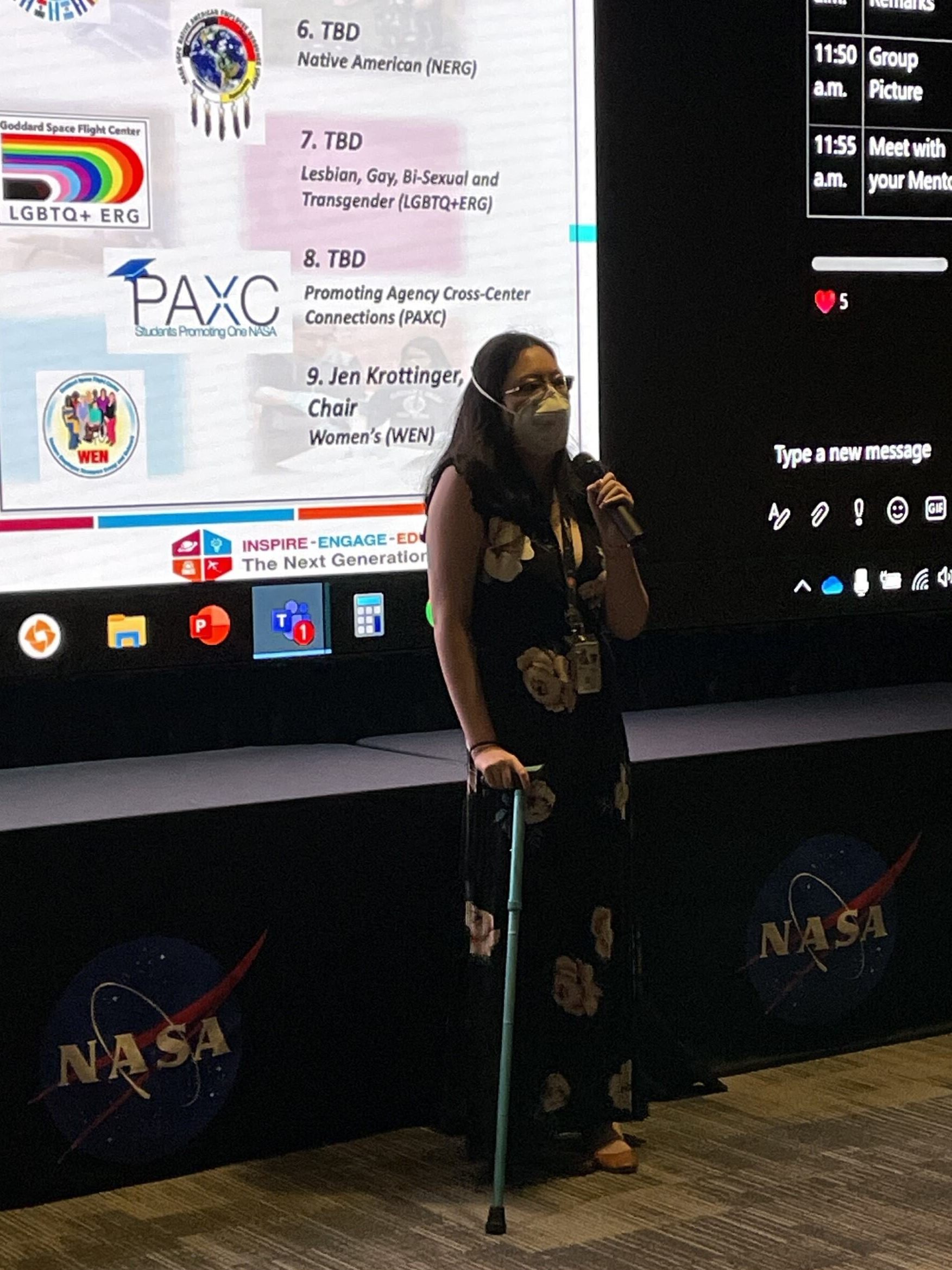5 min read
Astronomers using NASA's Hubble Space Telescope have for the first time directly measured the mass of a single, isolated white dwarf – the surviving core of a burned-out, Sun-like star.
Researchers found that the white dwarf is 56 percent the mass of our Sun. This agrees with earlier theoretical predictions of the white dwarf's mass and corroborates current theories of how white dwarfs evolve as the end product of a typical star's evolution. The unique observation yields insights into theories of the structure and composition of white dwarfs.
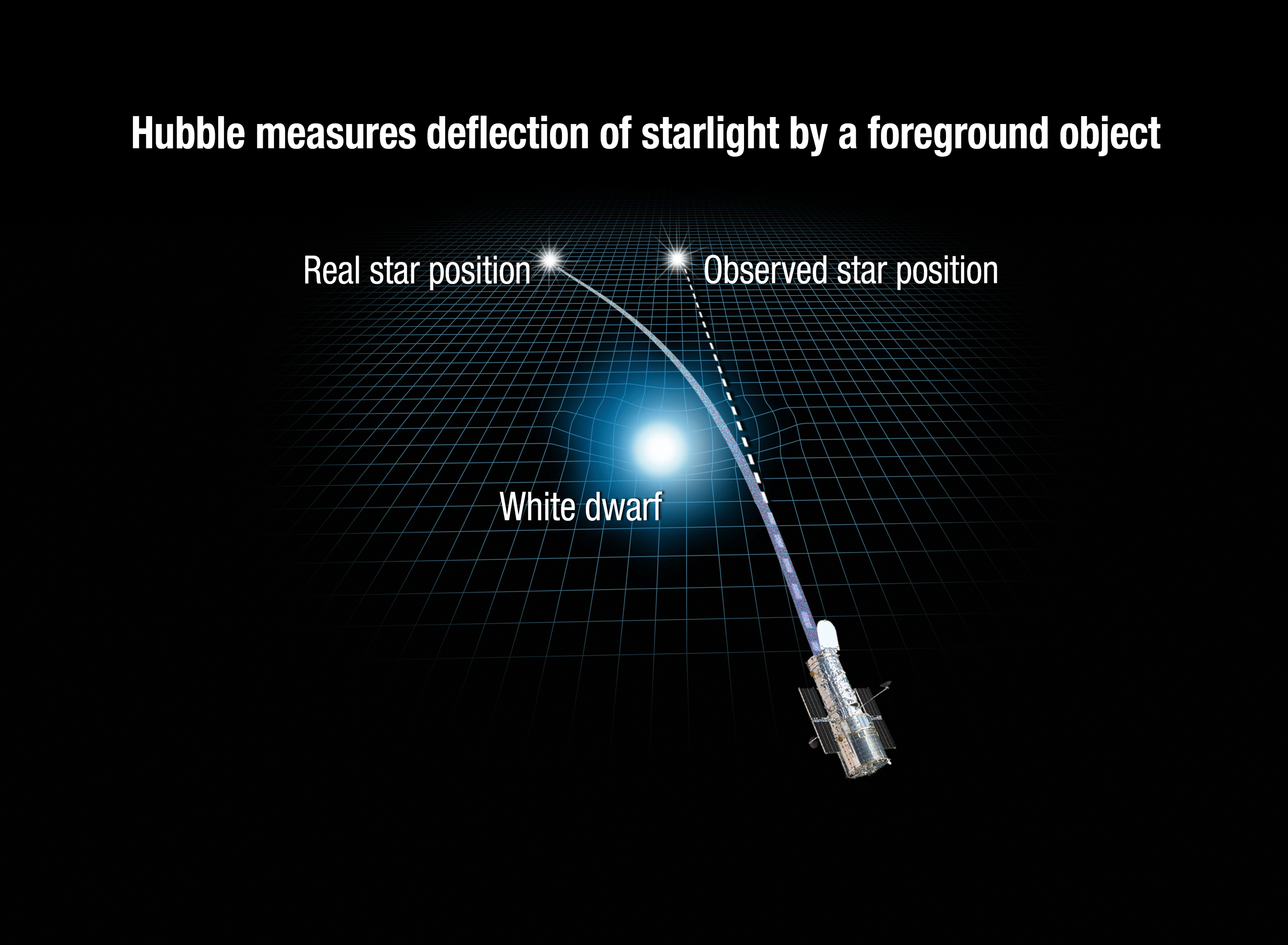
Until now, previous white dwarf mass measurements have been gleaned from observing white dwarfs in binary star systems. By watching the motion of two co-orbiting stars, straightforward Newtonian physics can be used to measure their masses. However, these measurements can be uncertain if the white dwarf's companion star is in a long-period orbit of hundreds or thousands of years. Orbital motion can be measured by telescopes only over a brief slice of the dwarf's orbital motion.
For this companion-less white dwarf, researchers had to employ a trick of nature, called gravitational microlensing. The light from a background star was slightly deflected by the gravitational warping of space by the foreground dwarf star. As the white dwarf passed in front of the background star, microlensing caused the star to appear temporarily offset from its actual position on the sky.
The results are reported in the Monthly Notices of the Royal Astronomical Society. The lead author is Peter McGill, formerly of the University of Cambridge (now based at the University of California, Santa Cruz).
These events are rare, and the effects are tiny. For instance, the size of our measured offset is like measuring the length of a car on the Moon as seen from Earth.
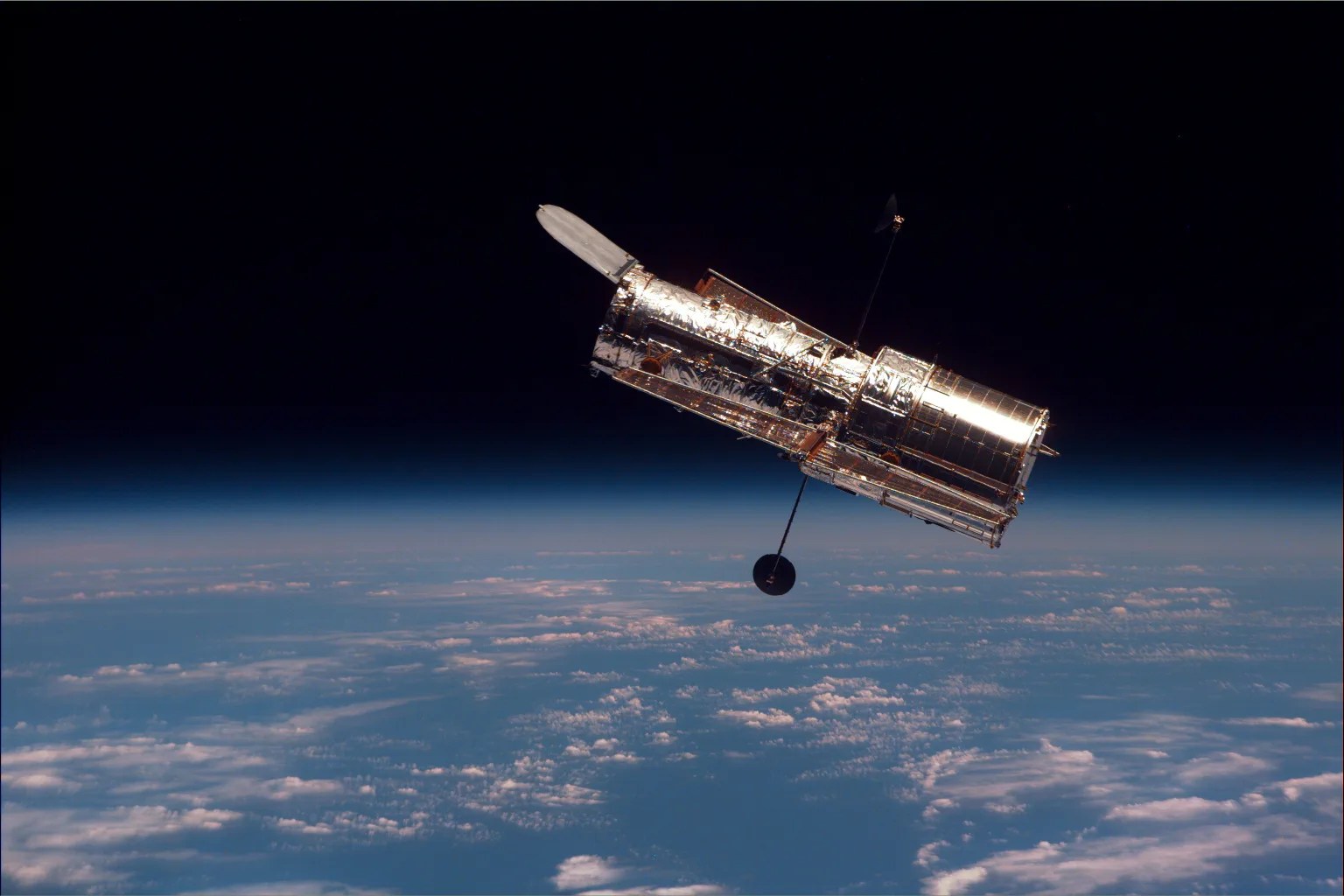
Peter McGill
McGill used Hubble to precisely measure how light from a distant star bent around the white dwarf, known as LAWD 37, causing the background star to temporarily change its apparent position in the sky.
Kailash Sahu of the Space Telescope Science Institute in Baltimore, Maryland, the principal Hubble investigator on this latest observation, first used microlensing in 2017 to measure the mass of another white dwarf, Stein 2051 B. But that dwarf is in a widely separated binary system. "Our latest observation provides a new benchmark because LAWD 37 is all by itself," Sahu said.
The collapsed remains of a star that burned out 1 billion years ago, LAWD 37 has been extensively studied because it is only 15 light-years away in the constellation Musca. "Because this white dwarf is relatively close to us, we’ve got lots of data on it – we've got information about its spectrum of light, but the missing piece of the puzzle has been a measurement of its mass," said McGill.
The team zeroed in on the white dwarf thanks to ESA's Gaia space observatory, which makes extraordinarily precise measurements of nearly 2 billion star positions. Multiple Gaia observations can be used to track a star's motion. Based on this data, astronomers were able to predict that LAWD 37 would briefly pass in front of a background star in November 2019.
Once this was known, Hubble was used to precisely measure over several years how the background star's apparent position in the sky was temporarily deflected during the white dwarf's passage.
"These events are rare, and the effects are tiny," said McGill. "For instance, the size of our measured offset is like measuring the length of a car on the Moon as seen from Earth."
Since the light from the background star was so faint, the main challenge for astronomers was extracting its image from the glare of the white dwarf, which is 400 times brighter than the background star. Only Hubble can make these kinds of high-contrast observations in visible light.
"The precision of LAWD 37's mass measurement allows us to test the mass-radius relationship for white dwarfs," said McGill. "This means testing the theory of degenerate matter (a gas so super-compressed under gravity it behaves more like solid matter) under the extreme conditions inside this dead star," he added.
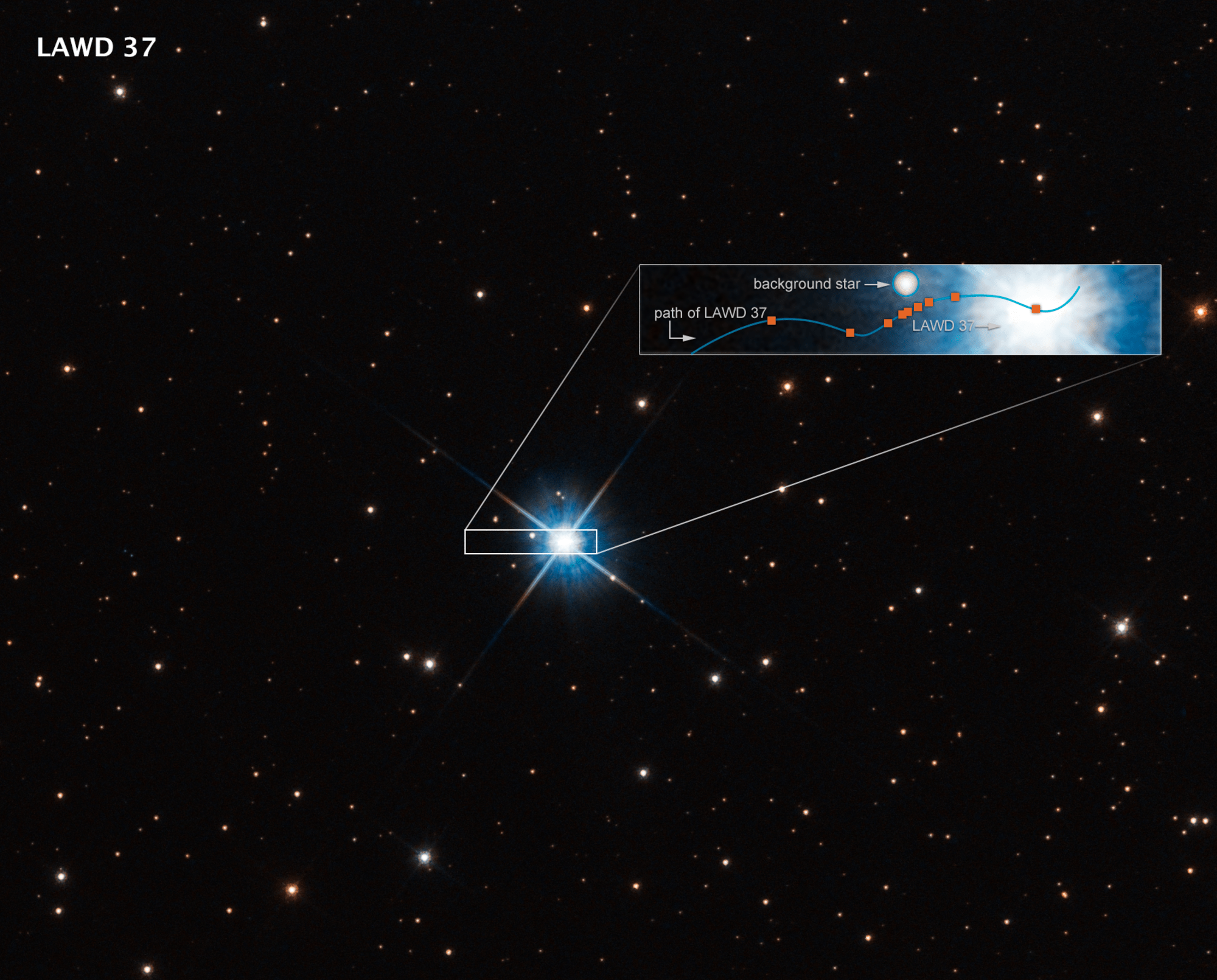
The researchers say their results open the door for future event predictions with Gaia data. In addition to Hubble, these alignments can now be detected with NASA's James Webb Space Telescope. Because Webb works at infrared wavelengths, the blue glow of a foreground white dwarf looks dimmer in infrared light, and the background star looks brighter.
Based on Gaia's predictive powers, Sahu is observing another white dwarf, LAWD 66, with NASA's James Webb Space Telescope. The first observation was done in 2022. More observations will be taken as the deflection peaks in 2024 and then subsides.
"Gaia has really changed the game – it's exciting to be able to use Gaia data to predict when events will happen, and then observe them happening," said McGill. "We want to continue measuring the gravitational microlensing effect and obtain mass measurements for many more types of stars."
In his 1915 theory of general relativity, Einstein predicted that when a massive compact object passes in front of a background star, the light from the star would bend around the foreground object due to the warping of space by its gravitational field.
Exactly a century before this latest Hubble observation, in 1919, two British-organized expeditions to the southern hemisphere first detected this lensing effect during a solar eclipse on May 19th. It was hailed as the first experimental proof of general relativity – that gravity warps space. However, Einstein was pessimistic that the effect could ever be detected for stars outside our solar system because of the precision involved. "Our measurement is 625 times smaller than the effect measured at the 1919 solar eclipse," said McGill.
The Hubble Space Telescope is a project of international cooperation between NASA and ESA. NASA's Goddard Space Flight Center in Greenbelt, Maryland, manages the telescope. The Space Telescope Science Institute (STScI) in Baltimore conducts Hubble science operations. STScI is operated for NASA by the Association of Universities for Research in Astronomy, in Washington, D.C.
Media Contacts:
Claire Andreoli
NASA's Goddard Space Flight Center, Greenbelt, MD
claire.andreoli@nasa.gov
Ray Villard
Space Telescope Science Institute, Baltimore, MD
Science Contacts:
Peter McGill
University of California, Santa Cruz, Santa Cruz, CA
Institute of Astronomy–University of Cambridge, Cambridge, United Kingdom
Kailash Sahu
Space Telescope Science Institute, Baltimore, MD


